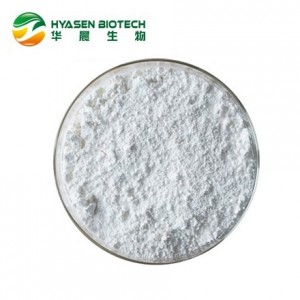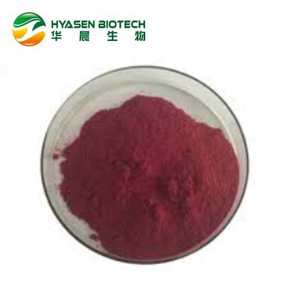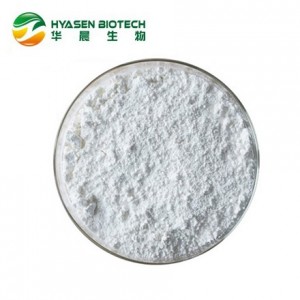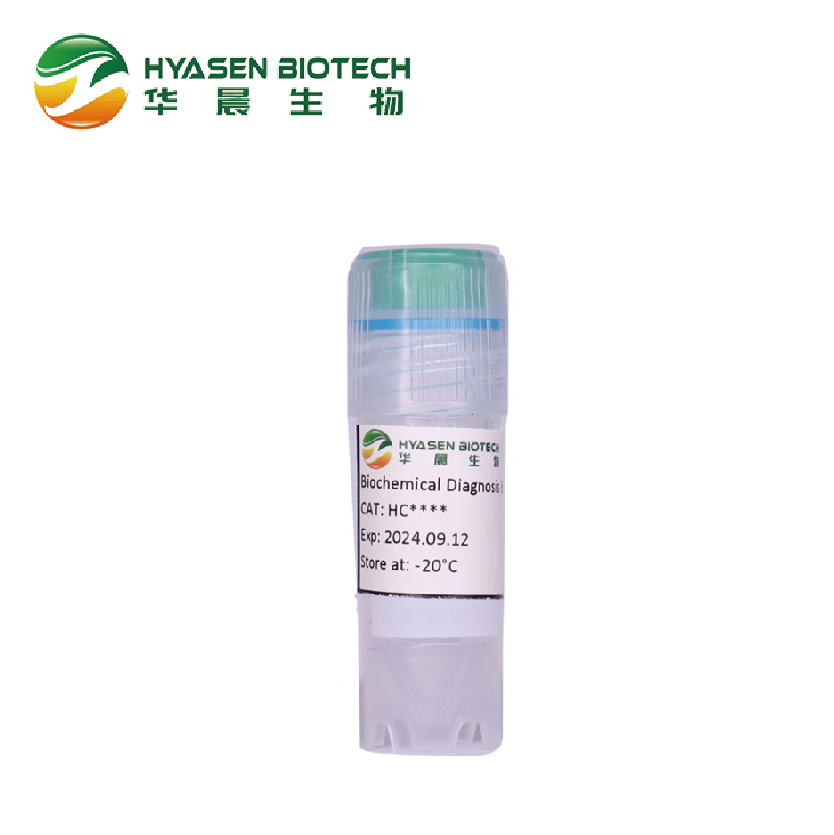
Cholesterol oxidase(COD/CHOD)
Description
Cholesterol oxidase (CHOD) catalyzes the first step in cholesterol catabolism. Some non-pathogenic bacteria, such as Streptomyces are able to utilize cholesterol as a carbon source. Pathogenic bacteria, such as Rhodococcus equi, require CHOD to infect a host's macrophage.CHOD is bifunctional.Cholesterol is initially oxidized to cholest-5-en-3-one in an FAD-requiring step. The cholest-5-en-3-one is isomerized to cholest-4-en3-one.The isomerization reaction may be partially reversible. The activity of CHOD depends on the physical properties of membrane to which the substrate is bound.
CHOD is used to determine serum cholesterol. It is the second most widely used enzyme in diagnostic applications after glucose oxidase. CHOD also finds application in the microanalysis of steroids in food samples and in distinguishing 3-ketosteroids from 3b-hydroxysteroids.Transgenic plants expressing cholesterol oxidase are being investigated in the fight against the cotton boll weevil. Cholesterol oxidase has also been used as a molecular probe to elucidate cellular membrane structures.
Chemical Structure
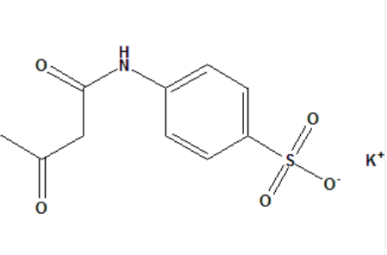
Reaction Principle
Cholesterol + O2 →△4-Cholesten-3-one + H2O2
Specification
| Test Items | Specifications |
| Description | Yellowish amorphous powder, lyophilized |
| Activity | ≥8U/mg |
| Purity(SDS-PAGE) | ≥90% |
| Solubility(10mg powder/ml) | Clear |
| Catalase | ≤0.001% |
| Glucose oxidase | ≤0.01% |
| Cholesterol esterase | ≤0.01% |
| ATPase | ≤0.005% |
Transportation and storage
Transportation: Shipped under -15°C
Storage : Store at -25~-15°C(Long term), 2-8°C(Short term)
Recommended re-test Life: 1 year






